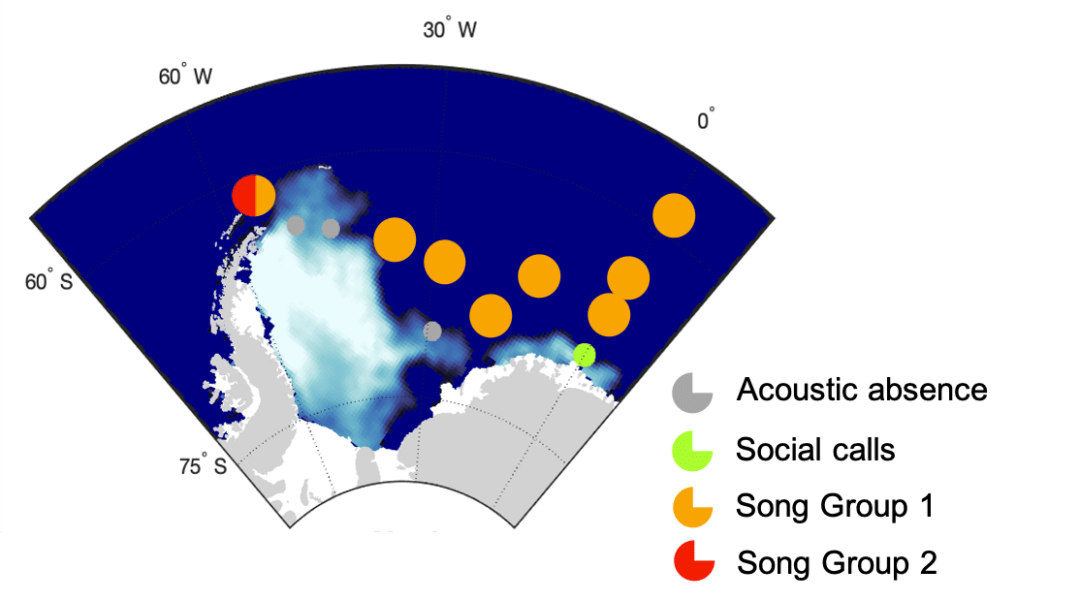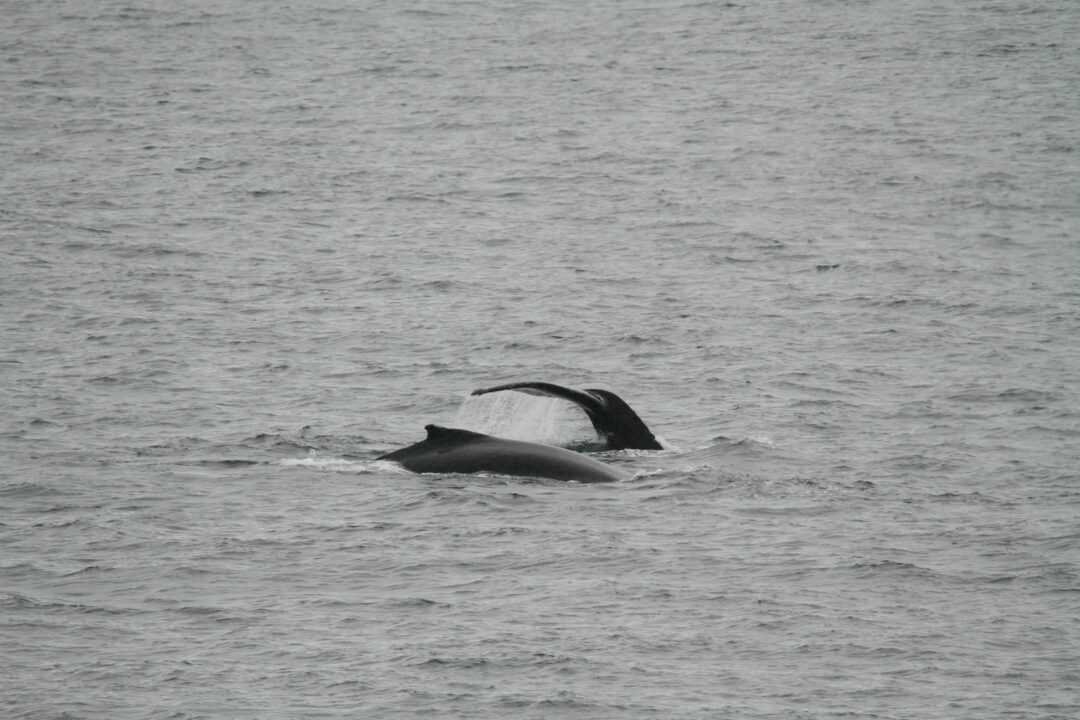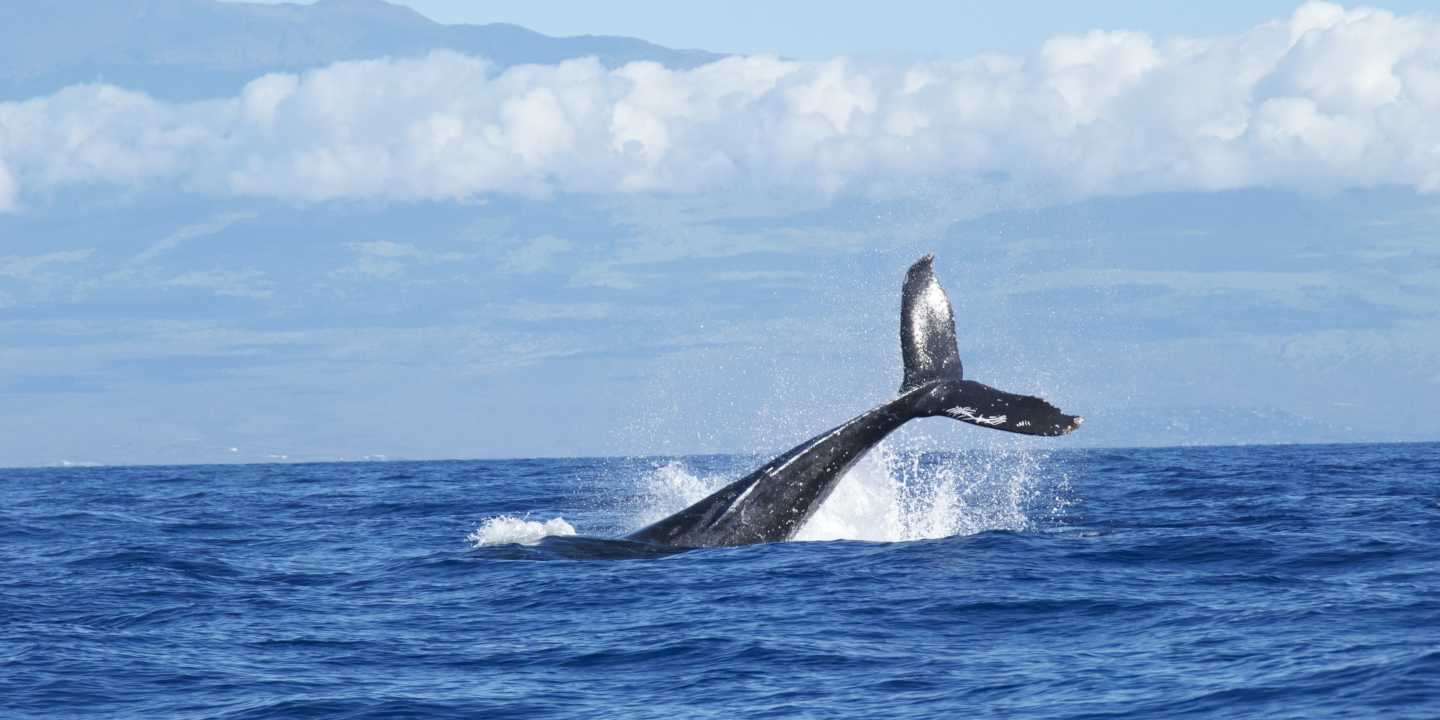The humpback whale is probably the most iconic species among the baleen whales. Anyone who listens to Kate Bush knows their long and complex songs. These songs are produced by humpback whale males as a reproductive display, most likely transferring information about individual fitness both to surrounding females and males.
Humpback whales accumulate during the winter months on their tropical and sub-tropical breeding grounds, where females give birth and males compete for the access to receptive females engaging in physical competition and singing their elaborate songs. While songs undergo constant changes, termed song evolution, all males of a given breeding population converge to singing the same song at any given point in time. The geographical distance among different breeding populations, sometimes including continental barriers, leads to the independent evolution of songs between breeding populations. Humpback whale songs can therefore be used to attribute singers to the distinct populations.
For many years, it was believed that humpback whale males only sing their songs during the breeding period on the breeding grounds. In the Southern Hemisphere, they were thought to migrate in summer to the Southern Ocean exclusively to feed on Antarctic krill, while reproductive activities including singing were thought restricted to the lower latitude breeding grounds.
“We never expected them that far south, but recordings from PALAOA, our acoustic observatory on the Antarctic shelf near Neumayer Station III already revealed the presence of their social calls when we started exploring Antarctic soundscapes nearly ten years ago.”
Ilse van Opzeeland, Bioacoustician AWI
During further in-depth analyses of recordings from our offshore stations, we discovered that virtually throughout the Atlantic sector of the Southern Ocean, humpback whales start singing in the end of summer and continue throughout fall months while still roaming Antarctic waters. During this period, humpback whale males probably alternate between feeding and singing to maximize both energy uptake and reproductive chances.
It has been speculated that singing at these times may for example, represent low-cost opportunistic male advertising to court females that failed to conceive on the lower latitude breeding grounds during the winter.

“The unexpected extent of song recordings from the Atlantic sector of the Southern Ocean opened possibilities to search for indicators of population identity within the recorded songs.”
Elena Schall, PostDoc AWI
Two distinct song groups
The structural analysis and comparison of songs revealed the existence of two distinct song groups in the Atlantic sector of the Southern Ocean. These song groups indicate the simultaneous presence of at least two humpback whale breeding populations which overlap in their geographical distribution. When humpback whales from different breeding populations meet in the Southern Ocean, feed in mixed groups and males start courting females, both genetic and cultural exchange are facilitated. Genetic exchange has direct benefits for population fitness by increasing the gene pool. However, cultural exchange also creates indirect benefits for population fitness as it drives the continuous evolution of songs which is thought to increase individual reproductive success.

The accumulation of multiple breeding populations on a common feeding ground reflects the favorable feeding conditions in the respective area. Due to the high productivity rates and high krill densities in the Atlantic sector of the Southern Ocean, humpback whales from multiple ocean basins seem to migrate to this part of the Southern Ocean. This highlights the importance of the area for humpback whales in particular, but most likely also other Southern Hemisphere baleen whale populations specialized on Antarctic krill. Further research is addressing how humpback whale distribution is governed by environmental factors and also how climate-induced anomalies affect their acoustic presence and behavior.
Elena Schall & Ilse Van Opzeeland
Schall, E., Thomisch, K., Boebel, O., Gerlach, G., Mangia Woods, S., T Roca, I., & Van Opzeeland, I. (2021). Humpback whale song recordings suggest common feeding ground occupation by multiple populations. Scientific reports, 11(1), 1-13. https://www.nature.com/articles/s41598-021-98295-z
